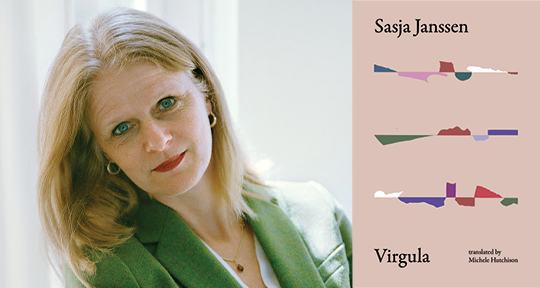Virgula by Sasja Janssen, translated from the Dutch by Michele Hutchison, Prototype, 2024
I write to you because you hover in the corner of my eye
I write to you because you never answer
I write to you because, like me, you dislike stagnation
In Wit, Margaret Edson’s 1999 Pulitzer-winning one-act play, the main character, English professor Dr Vivian Bearing, re-lives crucial moments of her life while undergoing an experimental chemotherapy treatment for late-stage ovarian cancer. In one instance, she remembers a comment made by her college professor, Dr E M Ashford, reprimanding her for taking language too lightly in an assignment on Donne’s sonnet, “Death Be Not Proud”; Ashford is quick to point out that the edition Vivian consulted contained faulty punctuation, and surmises that the simple message of the poem—“overcoming the seemingly insuperable barriers separating life, death, and eternal life”—gets sacrificed to the ‘hysterical’ punctuation of semicolons and an exclamation point. Vivian’s iteration—“And Death shall be no more; Death, thou shalt die!”—distorts what is conveyed by a single comma: “And death shall be no more, Death thou shalt die.” One can clearly see the importance of one simple symbol: how it can make or break a poem.

